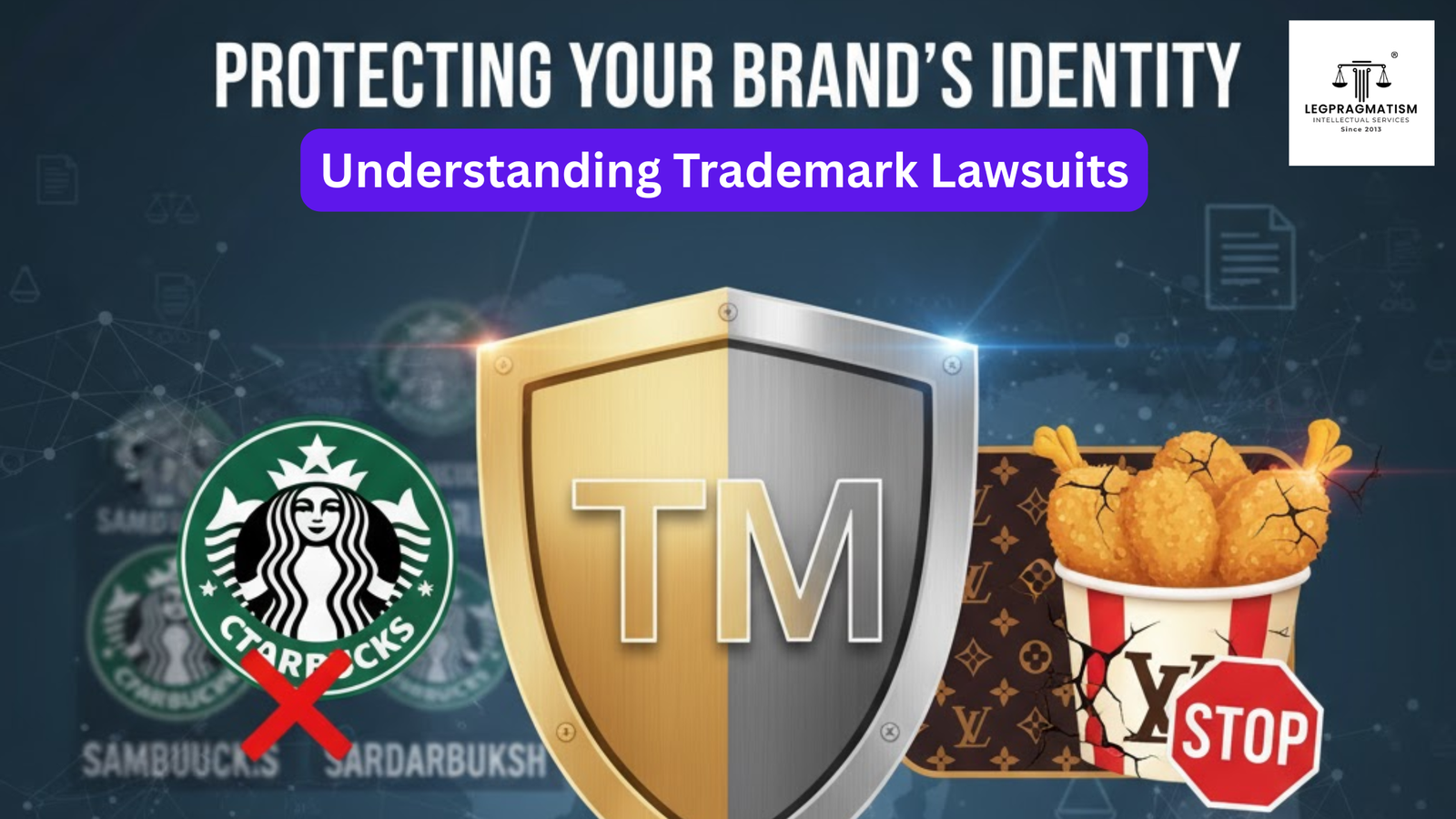In today’s competitive marketplace, your brand identity—represented by your trademark—is one of your most valuable assets. It’s the name, logo, slogan, or design that distinguishes your products or services from your competitors. When another party uses a similar or identical mark in a way that confuses consumers, it can lead to a legal battle known as a trademark infringement lawsuit (or a “trademark suit”).
Understanding these legal challenges is essential for brand owners, as it highlights the importance of vigilance and proactive brand protection.
The Anatomy of a Trademark Infringement Suit
A trademark owner typically brings a lawsuit to stop an infringer from using the confusingly similar mark and to recover damages. To win such a case, the plaintiff (the trademark owner) generally must prove three key elements:
1. Ownership of a Valid Trademark
The plaintiff must first establish that they own a valid and legally protectable mark. This is often demonstrated through a federal or national trademark registration, which creates a legal presumption of validity and ownership. However, rights can also be established through continuous use in commerce, even without registration.
2. Unauthorized Use in Commerce
The defendant must have been using the same or a similar mark “in commerce” (in connection with the sale, distribution, or advertising of goods or services) without the plaintiff’s consent.
3. Likelihood of Consumer Confusion (The Crux of the Case)
This is the most critical element. The plaintiff must show that the defendant’s use of the mark is likely to cause confusion among consumers as to the source, sponsorship, or affiliation of the goods or services. Courts consider several factors when assessing the “likelihood of confusion,” which often include:
Similarity of the Marks: How alike are the marks in appearance, sound, meaning, and overall commercial impression?
Relatedness of the Goods/Services: Are the products or services offered by both parties similar or complementary?
Strength of the Plaintiff’s Mark: How famous, distinctive, or well-known is the original trademark? (A famous, arbitrary, or fanciful mark, like “Exxon” or “Kodak”, is considered stronger than a merely descriptive one.)
Evidence of Actual Confusion: Has any actual consumer confusion been documented?
Defendant’s Intent: Did the defendant intentionally choose the mark to capitalize on the plaintiff’s reputation?
Degree of Consumer Care: How careful or sophisticated is the average purchaser of these particular goods or services?
Famous Case Examples: Lessons in Brand Protection
Trademark suits are not just for giants; they offer powerful lessons for all businesses on the nuances of brand protection.
1. Starbucks vs. Sambucks/Sardarbuksh: The Power of a Famous Mark
Starbucks, the global coffee behemoth, is known for vigorously protecting its brand.
In the US, Starbucks sued a small Oregon coffee shop named Sambucks, arguing the name was too similar and could confuse consumers. Despite the small scale of the defendant, the court sided with Starbucks, demonstrating that brand reputation protection extends even to small businesses with confusingly similar names.
Internationally, Starbucks also sued an Indian coffee chain, Sardarbuksh Coffee & Co., over its name and a logo featuring a turbaned figure (similar circular layout and a prominent central image). The court ordered the Indian chain to change its name to “Sardarji-Bakhsh” and modify its logo, emphasizing the protection afforded to well-known marks against potential dilution or confusion, even with a minor variation.
The Lesson: If your mark is famous, courts often grant it a broader scope of protection. Even a slight phonetic or visual similarity can be deemed infringement.
2. Louis Vuitton vs. Louis Vuiton Dak: Crossing Industry Lines
Luxury fashion house Louis Vuitton sued a South Korean fried chicken restaurant called Louis Vuiton Dak. The restaurant not only had a similar-sounding name but also used a logo and packaging that mimicked the classic LV monogram design.
The Lesson: This case highlights the concept of dilution. Even though fashion and fried chicken are unrelated industries, a famous trademark can be diluted when an identical or similar mark is used on unrelated products, potentially tarnishing the original brand’s distinctiveness or taking unfair advantage of its goodwill.
3. Apple Corps vs. Apple Inc.: The Battle Over Similarity in Use
The record company founded by The Beatles, Apple Corps, engaged in a decades-long legal battle with tech giant Apple Inc. over the use of the name “Apple” in connection with music.
The Lesson: This dispute demonstrates that even when a settlement is reached (as they did, carving out different areas of use), the expansion of a company’s product line (like Apple Inc. creating iTunes) into an area previously dominated by the other party (Apple Corps) can reignite trademark conflicts. Trademark rights are often defined by the specific goods and services they cover.
Final Takeaway for Brand Owners
Trademark lawsuits are expensive, time-consuming, and an existential threat to your brand. The best offense is a good defense:
Register Your Mark: Secure formal trademark registration in your relevant jurisdictions. This is the foundation of your protection.
Conduct Thorough Searches: Before adopting a new brand name or logo, invest in comprehensive searches to ensure it doesn’t infringe on existing marks.
Be Vigilant: Monitor the market, social media, and domain names for unauthorized use of your trademark.
Act Decisively: If you discover infringement, send a Cease and Desist Letter immediately. Failing to enforce your rights (known as “laches”) can weaken your case in court.
Your trademark is the silent salesperson for your business. Protect it fiercely, and you protect your future.





